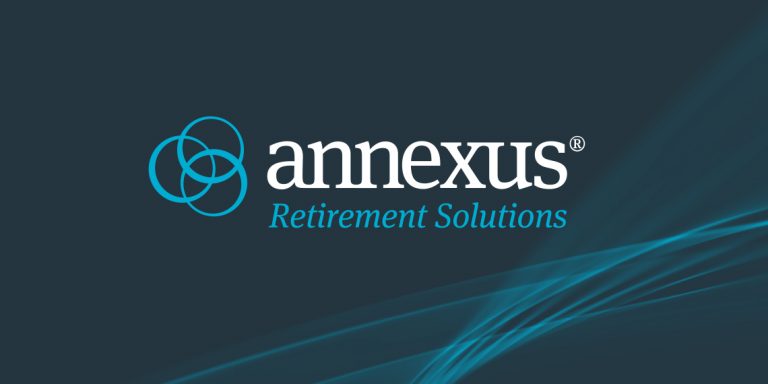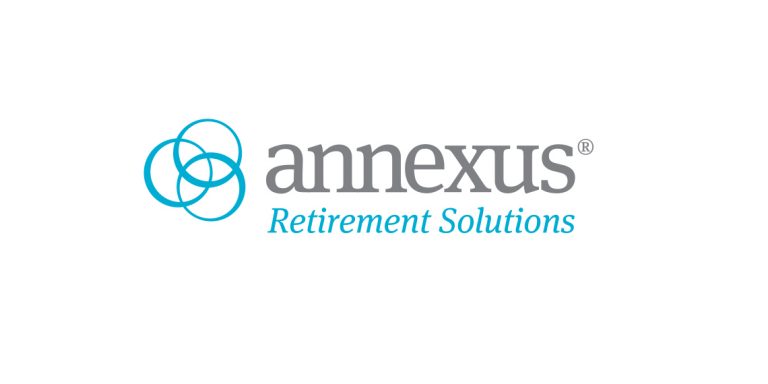Commentary: It’s time to make 401(k) plans into real pension plans
By Charles E.F. Millard
This article was originally published by Pensions & Investments
Throughout the presidential campaign, during the transition and at his inauguration, Joe Biden has consistently said he wants to renew bipartisanship in Washington. But the first step is finding something both parties can agree on. Fortunately, that challenge is not as monumental as it might seem. President Biden can encourage Congress to pass retirement reform legislation that already has wide bipartisan support, and he can lead Congress to where it is already aiming, making 401(k) and similar plans more like real pensions.
There are many legislative proposals circulating in Washington that would improve various aspects of the defined contribution system, but it is time for Congress to stop beating around the bush. It is time to address the core issue — the need for guaranteed lifetime income. Employers that offer 401(k) type plans should be required to automatically enroll workers in an option that provides lifetime income. Only then will employees finally have lifetime security in 401(k) plans that is similar to the lifetime security in traditional pension plans.
This isn’t a radical or new idea. It is the direction that retirement policy has been heading for years. President Biden can seize on the strong bipartisan support that already exists for broad retirement reform legislation, and he can take it the one step further that is the logical endpoint of current bipartisan policies.
Retirement policy has been aiming at auto enrollment in lifetime income solutions for more than 20 years. Over that time, the three overarching legislative and regulatory themes have been auto enrollment, the encouragement of guaranteed income inside defined contribution plans and the potential requirement that 401(k) plans include lifetime income options.
Auto enrollment
In 1998, employers were officially permitted to auto enroll their employees into 401(k) and similar plans. Since the passage of the Pension Protection Act in 2006, auto enrollment has come to include the use of target date funds, which allow individuals to rely on asset managers’ expertise to provide a glidepath of more risk for younger participants and less risk for those who are closer to retirement.
Auto enrollment is based on a simple concept. Instead of asking a new employee if he or she wishes to join the 401(k) plan and waiting for the employee to opt in, the employer starts by enrolling the employee in the plan. The employee can be auto enrolled in the plan and in the target date fund, an option likely to produce better outcomes. And any employee who does not wish to be in the 401(k) or in the target date fund can simply opt out of them.
Encouraging lifetime income inside 401(k) plans
Congress has been tending in this direction for years. In late 2019, the SECURE Act passed nearly unanimously with sponsorship by Rep. Richard Neal, D-Mass., and Rep. Kevin Brady, R-Texas, respectively, the chairman and ranking member of the House Ways and Means Committee. Among other things, the SECURE Act required that 401(k) participants receive an annual statement projecting likely lifetime income based on their current account status. This policy was meant to focus employees’ attention on the need to save more, to plan for retirement, and to understand better how much income their 401(k) can provide. It is part of a growing recognition by policymakers that the 401(k) may be an excellent vehicle for the accumulation of assets, but its decumulation function is just as important and needs improvement.
The SECURE Act also strongly encouraged the use of annuities within 401(k) plans, rather than just at retirement. The act made it clear that plan sponsors have a “safe harbor” for their selection of an insurance carrier that can provide the lifetime income, as long as the insurer meets certain financial criteria. That bill also clarified that in-plan annuities can be offered as a qualified default investment alternative. That means the employer may “default” (auto enroll) employees in a plan that provides lifetime income. But it stopped short of requiring plans to give workers those options.
Required availability of lifetime income options
It’s time to go that extra step. Messrs. Neal and Brady have already gone a bit further in their latest bill. They propose any newly created 401(k) must automatically enroll employees in the plan, beginning at a 3% contribution rate and raising that contribution rate over time. This goes a long way to ensure that employees will save well, but it does not ensure that they will receive guaranteed lifetime income. In addition, a popular “discussion draft” bill, circulated by Chairman Neal, would go even further along this path. It would require that at least 50% of every vested account in a 401(k) or 403(b) plan must be available for distribution in a form that provides guaranteed income for life.
So, based on current and proposed policy, we can already:
- Auto enroll employees in the 401(k).
- Auto enroll them in the target date fund.
- Make the guaranteed lifetime income solution the default alternative if the employer chooses to do so.
- Require that employers make available a lifetime income solution for half of employees’ assets.
The logical but missing step is to require automatic enrollment in a lifetime income solution. That is where retirement policy’s logic ends, and it is where the employment arrangement should begin.
The new president and new Congress can continue, in a bipartisan way, to arrive where they have been headed for decades, where policy has been pointing all along, and step up to finally make the 401(k) system into the proper retirement solution that is needed.
Charles E.F. Millard, New York, is a senior adviser for Annexus Retirement Solutions and the former director of the Pension Benefit Guaranty Corp. This content represents the views of the author. It was submitted and edited under Pensions & Investments guidelines but is not a product of P&I’s editorial team.







